TIDUDG1 July 2022
3.3 Test Results
The following testing was done by NTS, and probed and captured by Texas Instruments.
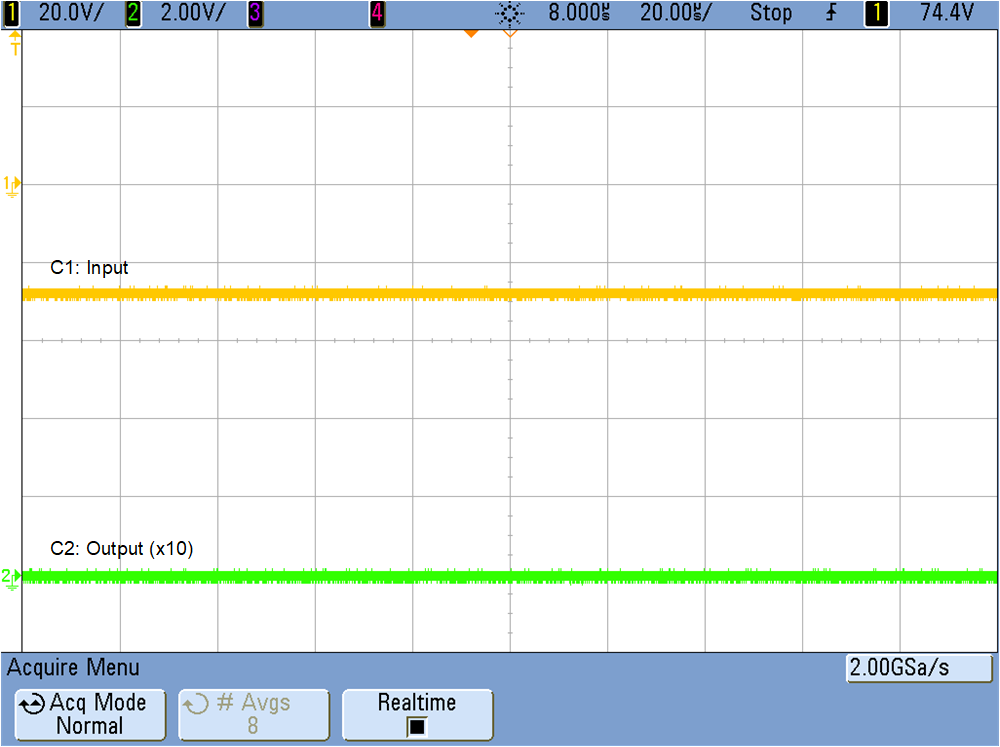 Figure 3-5 Reverse Polarity Event
Figure 3-5 Reverse Polarity Event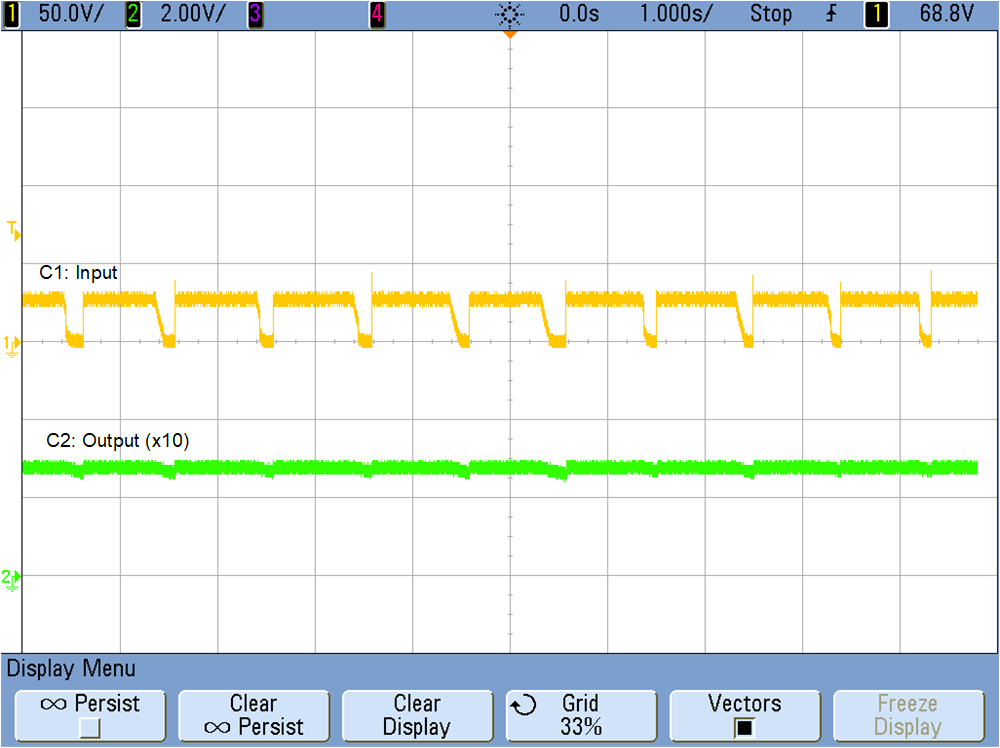 Figure 3-6 Emitted Voltage Spike
Event
Figure 3-6 Emitted Voltage Spike
Event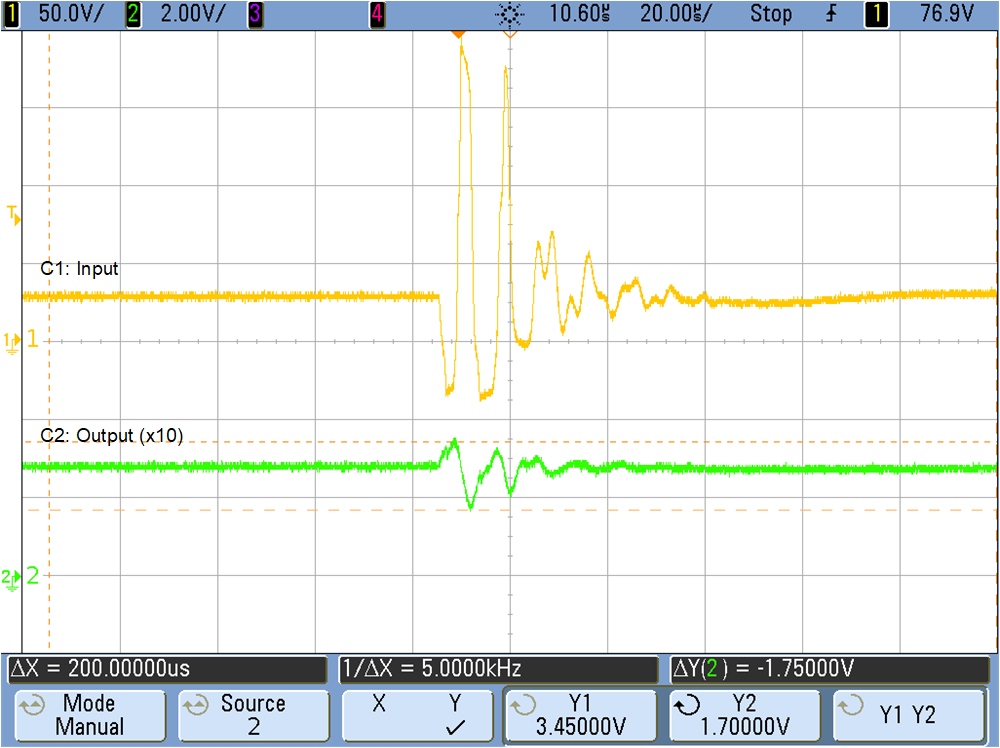 Figure 3-7 +250-V Injected Voltage
Spike
Figure 3-7 +250-V Injected Voltage
Spike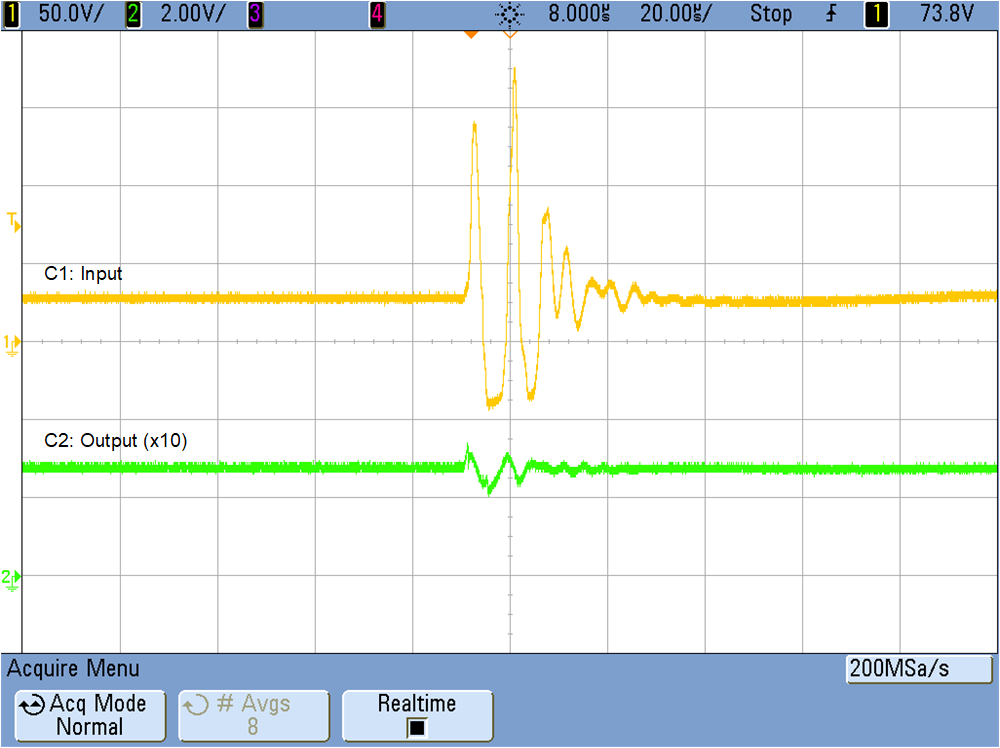 Figure 3-8 –250-V Injected Voltage Spike
Event
Figure 3-8 –250-V Injected Voltage Spike
Event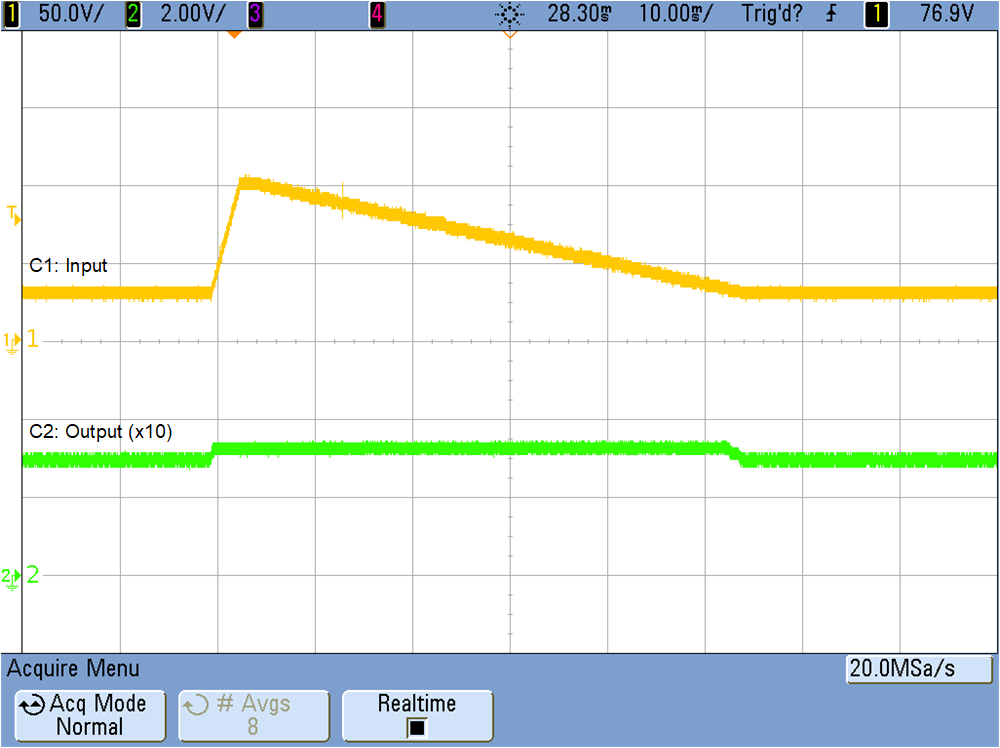 Figure 3-9 100-V Surge Event: Low
Current
Figure 3-9 100-V Surge Event: Low
Current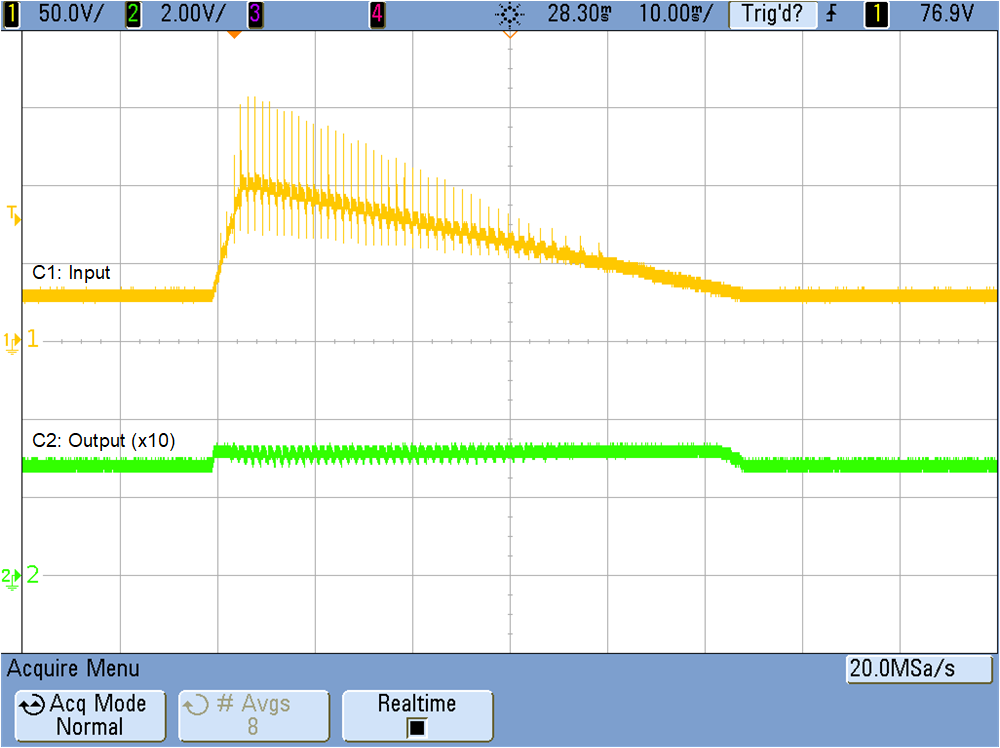 Figure 3-10 100-V Surge Event: 2-A
Load
Figure 3-10 100-V Surge Event: 2-A
Load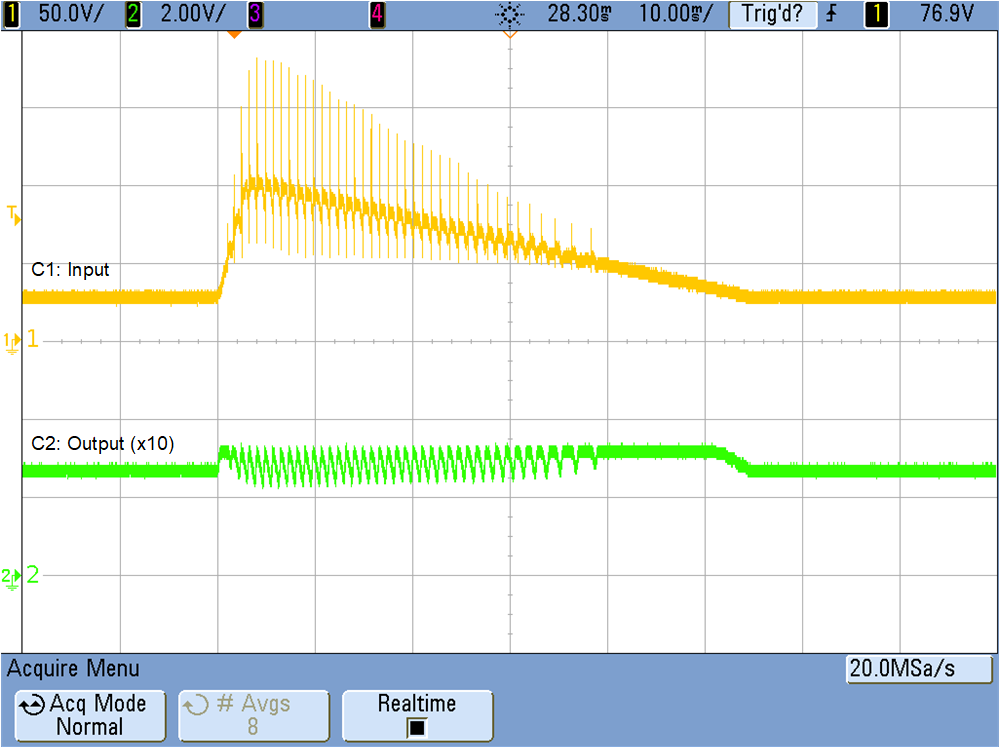 Figure 3-11 100-V Surge Event: 4-A
Load
Figure 3-11 100-V Surge Event: 4-A
Load